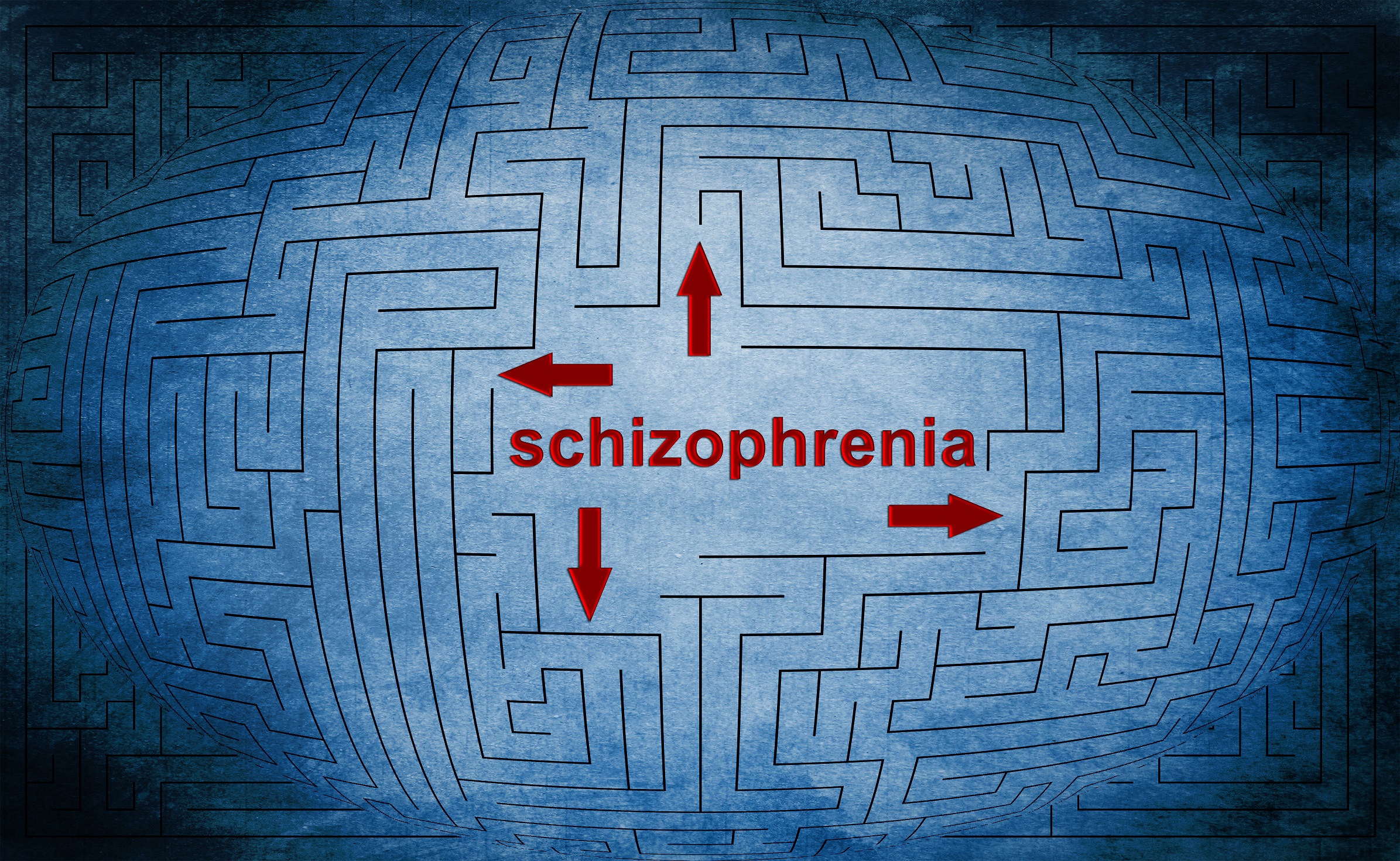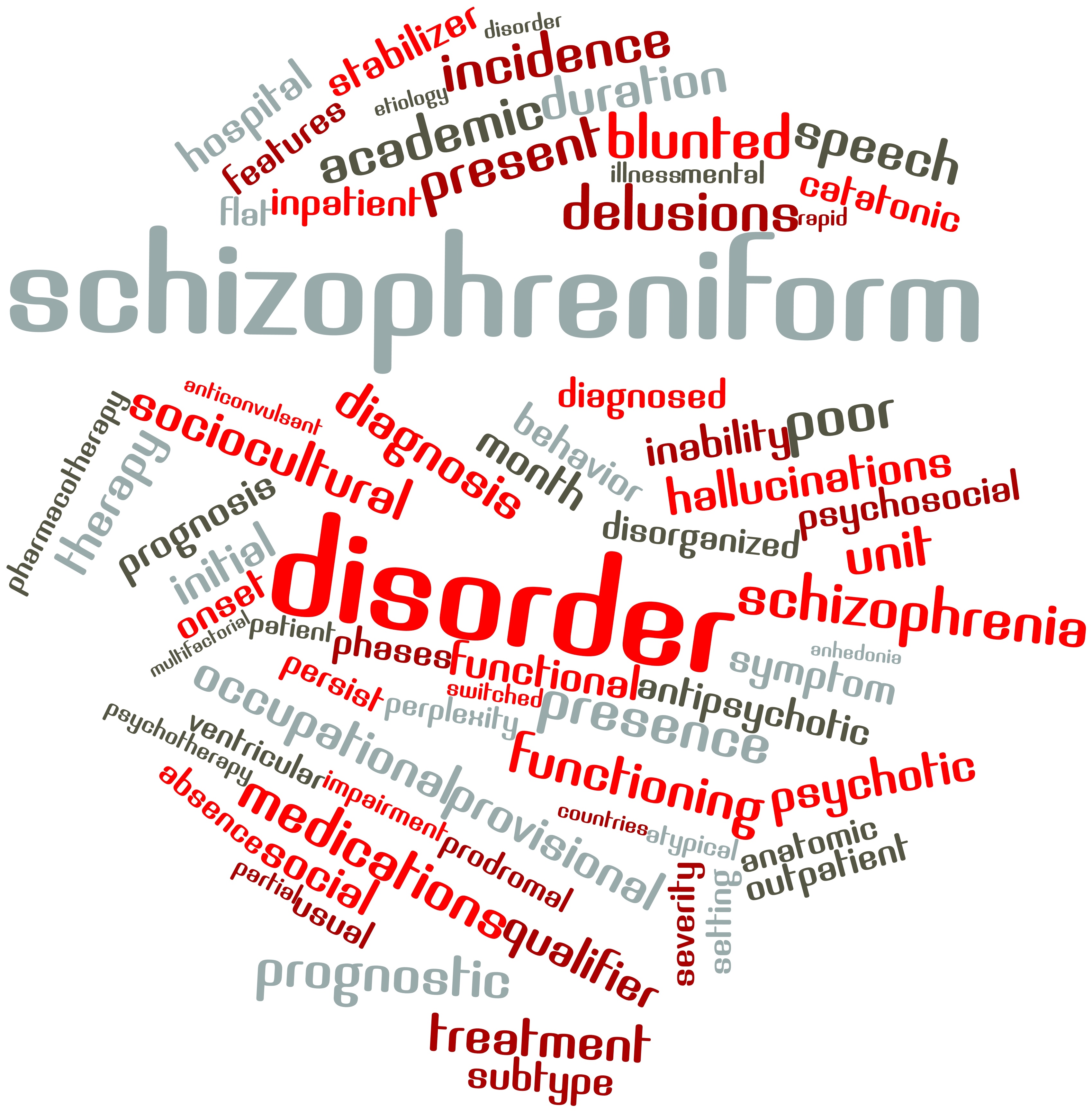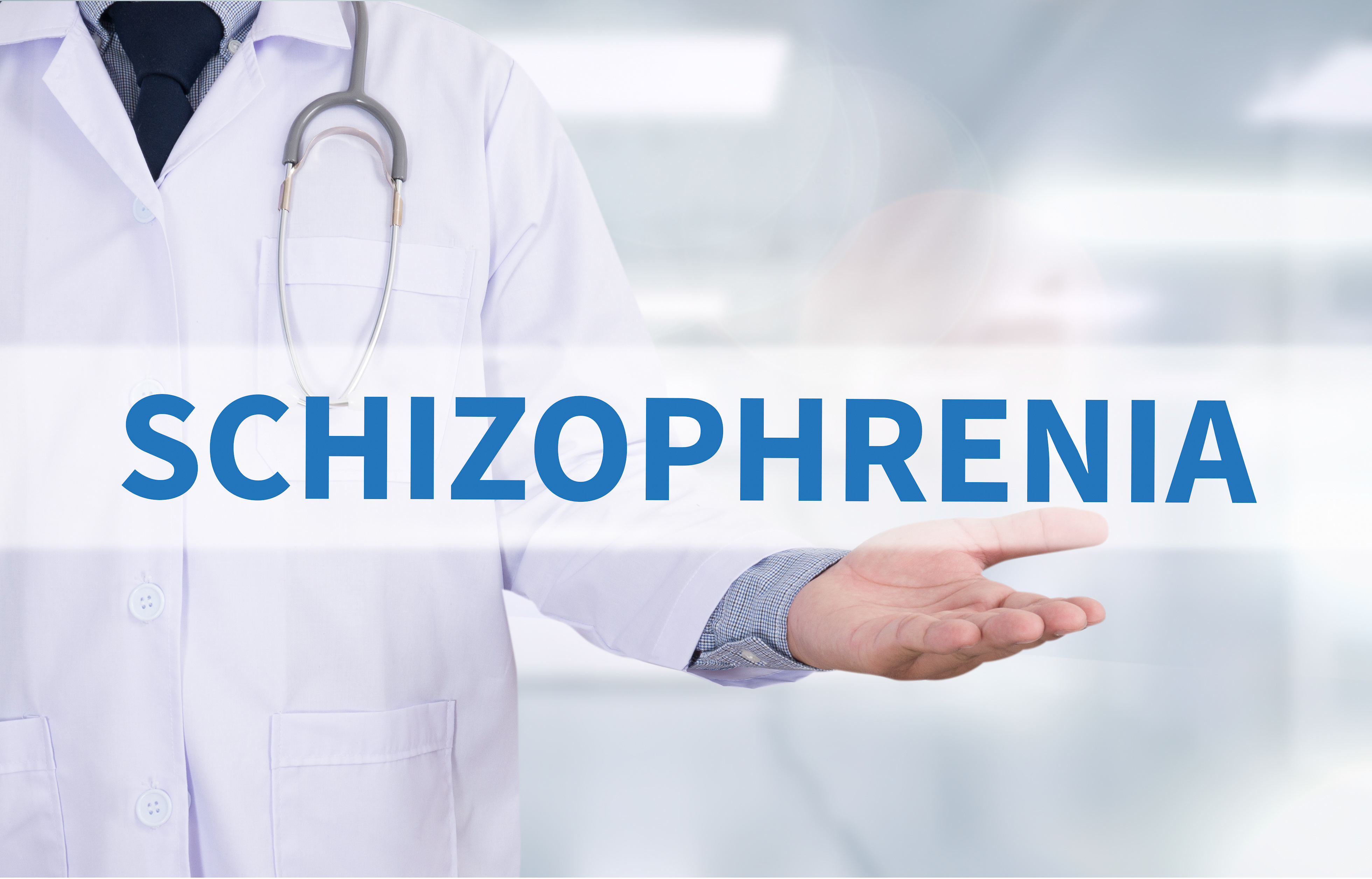Diagnosis and assessment
A diagnosis of schizophrenia is not a simple one, with symptoms varying across individuals. This category contains information about diagnosis of schizophrenia, schizoaffective disorder, schizophreniform disorder, and early detection tools for identifying those at risk of a first episode of psychosis. It also contains information on tools used to assess symptoms and functioning. Click on the links or the tabs below to access the information, or browse the drop-down menu to the left.
Image: ©adiruch na chiangmai – stock.adobe.com

Early detection
What is early detection of psychosis? Early detection refers to the correct identification of individuals who are at high risk of developing schizophrenia, with an emphasis on the development of frank psychosis. Generally, there are two approaches that dictate the characteristics used as markers for detection. The first is the ultra-high risk approach which focuses on a triad of at-risk mental states defined as having a family history of psychosis plus non-specific symptoms and recent decline in functioning, recent onset of attenuated psychotic symptoms with decline in functioning, and brief, intermittent and limited psychotic symptoms. The other approach is based…

Outcome assessment tools
What are outcome assessment tools for schizophrenia? Standardised assessment tools are vital for assessing a range of variables including symptoms, functioning and quality of life. The quality of these tools can be measured in various ways. ‘Reliability’ refers to the reproducibility of an instrument’s results across different assessors, settings and times. ‘Construct validity’ is the extent to which an instrument measures the theoretical construct it was designed to measure. This involves ‘convergent validity’ (the degree of correlation between different scales measuring the same construct); and ‘divergent validity’ (the lack of correlation between scales measuring different constructs). ‘Known groups’ validity’ is…

Schizoaffective disorder
What is schizoaffective disorder? Schizoaffective disorder is on the schizophrenia spectrum of illnesses. Diagnosis of schizoaffective disorder requires schizophrenia-like symptoms of psychosis, in addition to affective/mood symptoms such as depression. There is some debate as to whether schizoaffective disorder represents a unique diagnosis or an intermediary between schizophrenia and mood disorders. There are also considerable differences between different diagnostic criteria regarding the definition of schizoaffective disorder; particularly the Diagnostic and Statistical Manual (DSM) and the International Classification of Diseases (ICD) criteria. Specifically, the ICD and also the Research Diagnostic Criteria (RDC) require simultaneous and equally prominent presence of psychotic and…

Schizophrenia
How is a diagnosis of schizophrenia made? Diagnostic scales are widely used within clinical practice and research settings. These scales have been extensively validated and provide a set of criteria that is used to define and diagnose an illness. Two key examples include the American Psychiatric Association’s Diagnostic and Statistical Manual (DSM) and the World Health Organization’s International Classification of Diseases (ICD). Both the DSM and ICD criteria are regularly updated, and the most recent versions are the DSM-5 and the ICD-11. For a DSM-5 diagnosis of schizophrenia, at least two symptoms need to have been present for at least…

Schizophreniform disorder
What is schizophreniform disorder? Schizophreniform disorder is a part of the schizophrenia spectrum of disorders and has sometimes been used as a provisional diagnosis while waiting to see if symptoms improve by six months or progress, resulting in a diagnosis of schizophrenia. DSM-5 requires at least one of the following symptoms is present for a significant portion of the time during a one-month period, but for less than six months: delusions, hallucinations or disorganised speech. Disorganised behaviour or negative symptoms may also be present. There can be no manic, depressive or mixed manic-depressive episodes, and any mood disturbance must have…
Green - Topic summary is available.
Orange - Topic summary is being compiled.
Red - Topic summary has no current systematic review available.
